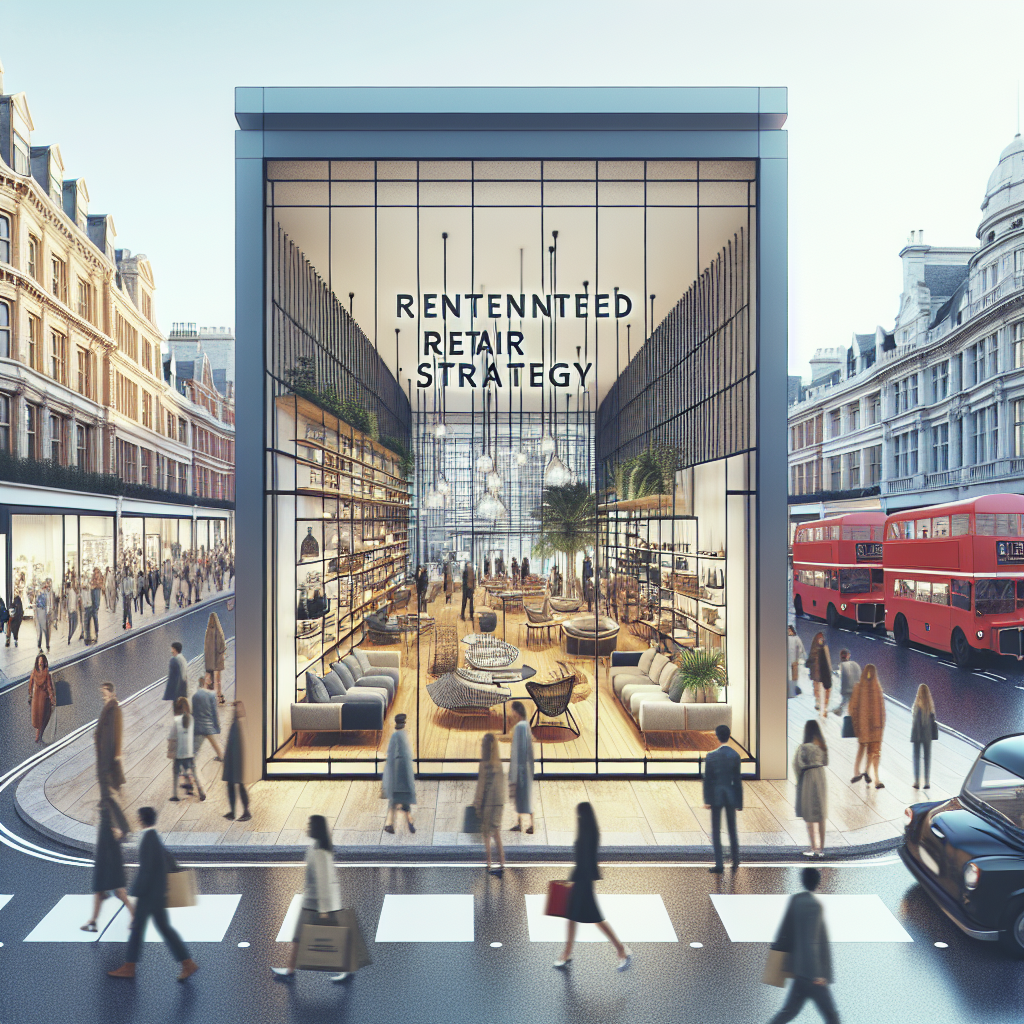In a strategic move designed to increase its stronghold in the Nordics, IKEA has opted to expand its high street presence, a shift from its traditional out-of-town warehouse model. The Swedish furniture giant, known globally for its ready-to-assemble furniture and home accessories, announced its latest acquisition—a landmark property on Oxford Street in London. The property, a former Topshop store, is set to transform into IKEA’s flagship store, deviating notably from its typical suburban locations that require ample parking and space for large, sprawling layouts.
This latest development, reported by Ctech by Calcalist, underlines a significant pivot in IKEA’s global strategy, aligning with broader retail trends that have seen a resurgence in urban center investments. For years, many large retailers left city centers in favor of larger, more accessible locations in suburbia that could accommodate extensive inventories and offer ease of access for car-reliant customers. However, post-pandemic shifts in consumer behavior and the increase in telecommuting have catalyzed a renewed interest in urban shopping experiences, prompting businesses to reconsider their geographical footprints.
IKEA is adapting to these changes by securing prominent positions in downtown areas, previously dominated by traditional retailers. The Oxford Street location is particularly strategic given its reputation as one of the world’s premier shopping streets. This move not only increases IKEA’s visibility among foot traffic but also positions it conveniently for consumers seeking furniture and home goods without the commute to outskirts of the city. Furthermore, this expansion into high traffic urban areas is part of IKEA’s broader strategy to become more accessible to consumers who prefer non-traditional shopping experiences, which include smaller store formats and city-center browsing.
IKEA is not alone in rethinking its retail strategy. Other major retailers are also shifting back to the cities to capitalize on the changing consumer patterns. High street locations are being viewed as viable investments once again, signaling a potential revitalization in urban retail.
The implications of such investments extend beyond merely the convenience of shopping. They are indicative of broader economic trends, such as the revitalization of city centers, changing consumer expectations, and the adaptation of major marketers to meet these expectations. Additionally, this trend has the potential to impact traffic patterns, urban planning, and even real estate values in surrounding areas.
Moreover, the environmental and logistical implications of these shifts are significant. Urban store formats typically mean reduced inventory, necessitating more robust and responsive supply chains. They also imply a bigger commitment to digital ordering and fulfillment processes as retailers like IKEA aim to balance showrooming with warehouse needs.
While the expansion into high street locations presents numerous opportunities for IKEA, it also comes with challenges such as increased rental costs, limited space, and the need to redesign supply chains. However, if successful, this strategy could serve as a blueprint for other retailers contemplating a similar return to urban centers worldwide. As IKEA continues to test this model, the retail industry will be watching closely, taking cues from its successes and setbacks in adapting to the next wave of consumer behavior trends.



